Business Model - Strategy
Strategy
The strategy concerns the determination of the long-term goals and objectives of the company and the implementation of the guidelines and the allocation of the resources necessary for the pursuit of the set objectives.
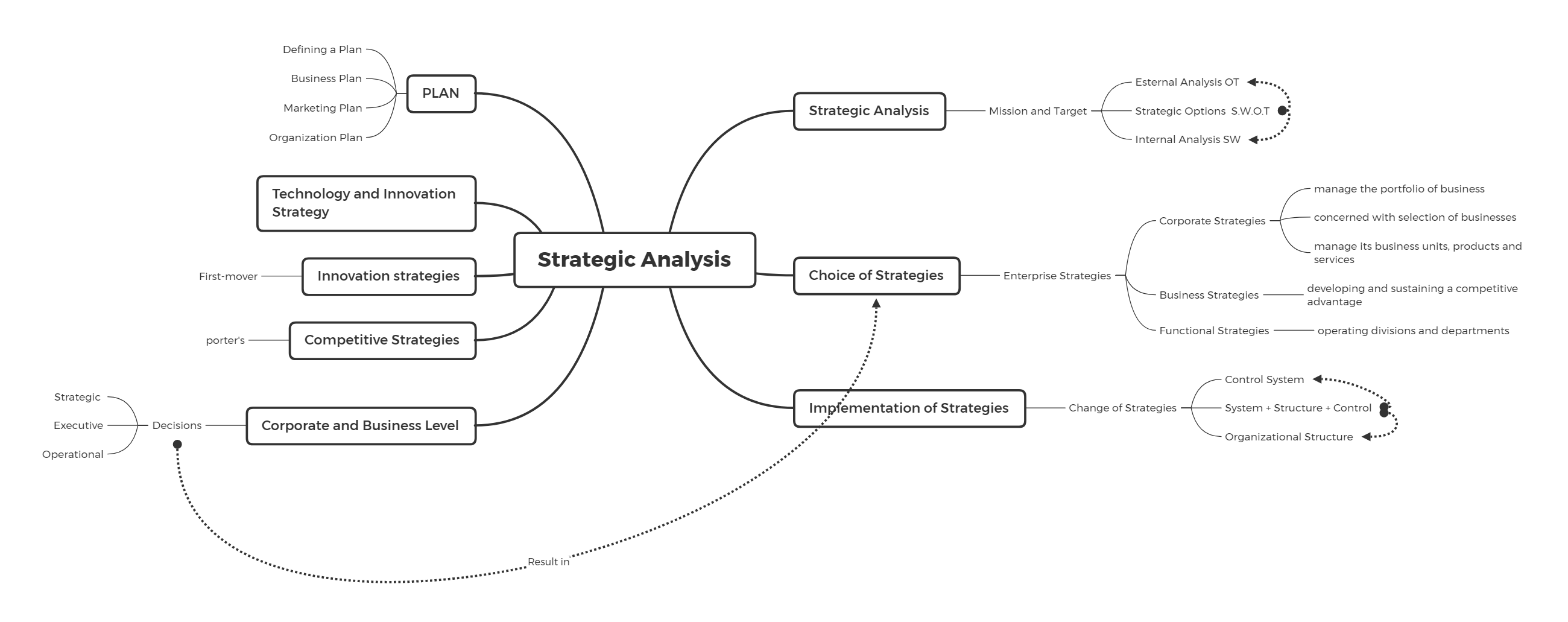
Entrepreneurship
- Challenge:Call to respond to a difficult task and commitment to undertake the required enterprise.
- Favorable juncture of circumstances with a good chance for a successful venture.
Vision and the Business Model
\(Start\Rightarrow Create a Vision \Rightarrow Write a Mission Statement \Rightarrow State the Value Proposition \Rightarrow Create the Business Model\)
Organizational Purpose
Organization Goal - A Desired state of affairs that an organization attempts to reach.
Strategic Intent - organization's energies and resouces are directed toward a focused, unifying, and compelling goal.
Strategic Analysis
Mission And Targets
Internal Analysis S,W \(\rightleftarrows\)Esternal Analysis O,T
Strategic Options S.W.O.T
STEP
- Strategic Analysis
- Choice of Strategies
- Implementation of Strategies
| Object of Analysis | Instrument | |
|---|---|---|
| Strategic Diagnose | Economic Performance | Value of Capital |
| Competitive performance | Positioning matrices | |
| Business comparison | Benchmarking | |
| Delimitation of operating environment | Operating Environment | Segmentation |
| Business Area | Three-dimensional Scheme | |
| Attractiveness of the competitive environment | Macroenvironment | Scenarios |
| Potential Profitability | Life Cycle | |
| Special Question | Estimation techniques | |
| Competitive Structure | competitive forces scheme | |
| Competitor analysis | Identification of Competitors | strategic groupings |
| competitor analysis | profiling scheme | |
| critical success factors | detection grid | |
| evaluation of company resources and skills | evaluation of company resources | strategic resources |
| business/environment interdependence | SWOT analysis |
Strategic Choices
Coorporate Strategies \(\Rightarrow\) Business Strategies \(\Rightarrow\) Functional Strategies
Implementation of Strategies
Changing strategies \(\Rightarrow\) Strategie Structure Control
Changing strategies \(\Leftrightarrow\) organizational structure \(\Leftrightarrow\) Strategie Structure Control
Changing strategies \(\Leftrightarrow\) control systems \(\Leftrightarrow\) Strategie Structure Control
Strategic Diagnose
competitive performance
techniques to detect competitive performance
- portfolio matrices
- the relative performance matrix
Portfolio matrices
the BCG matrix (Boston consulting group)
- and defined by two variables: industry development rate and relative market share
- The competitive position is defined on the basis of a financial criterion
- and more suitable for product positioning analysis
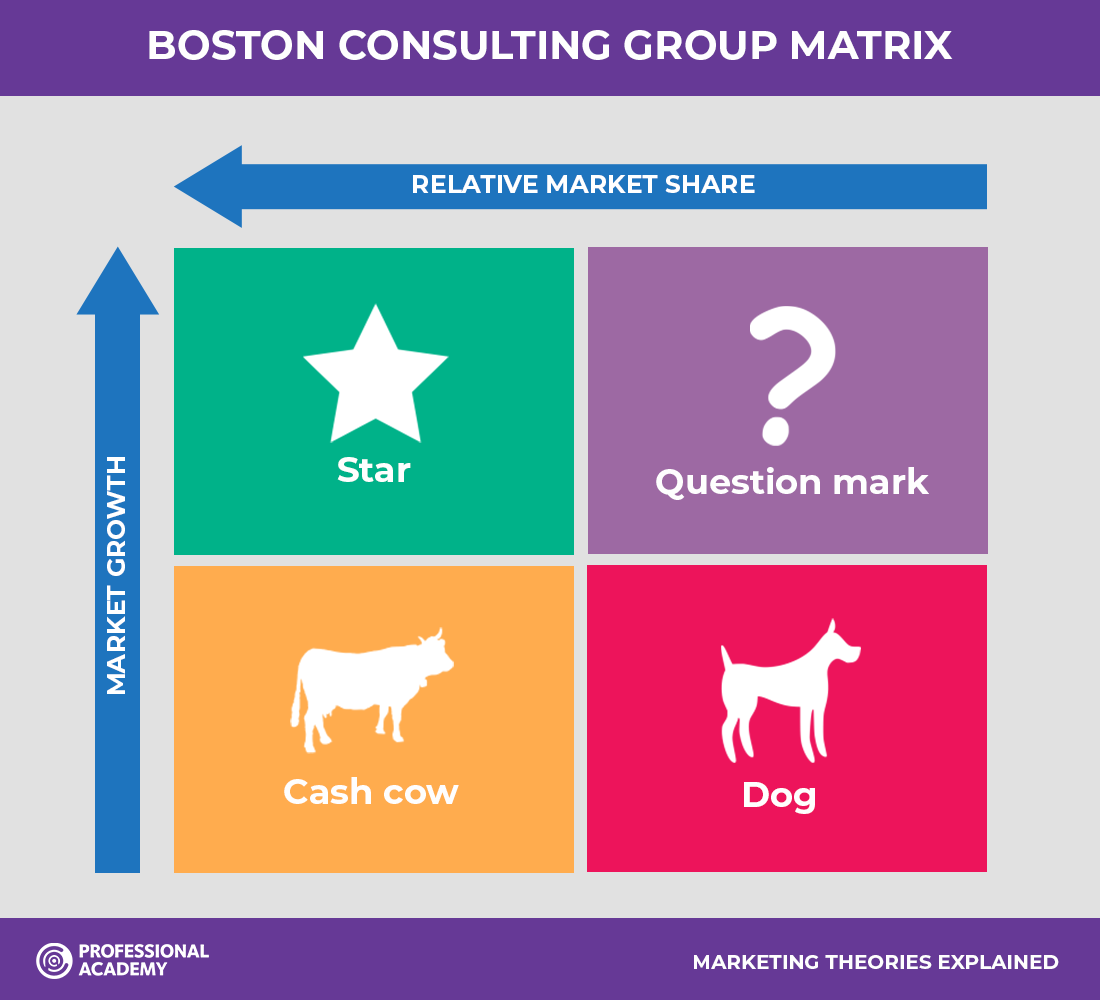
Abell Model
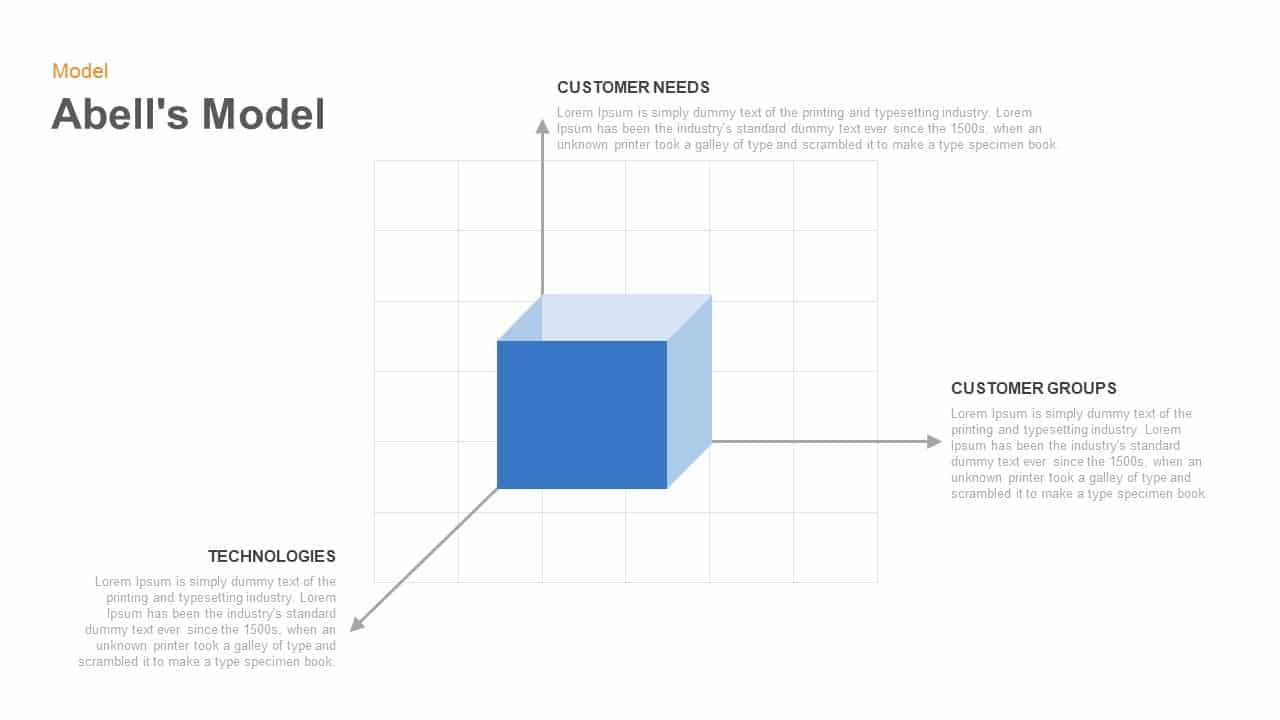
delimitation of the operating environment
Market segment
what does it consist of the disaggregation of the market into homogeneous areas in terms of characteristics of the expressed demand
phases of segmentation
| Strategic segmentation | Macro segmentation | Micro Segmentation | Targeting | Posistioning |
|---|---|---|---|---|
| Market | Macrosector | ASA | customer groups | Macrotarget |
the attractiveness of the operating environment
The life cycle of the sector
utility
indicates the evolution of the total sales of companies in a sector as a function of time
What is it for
to evaluate the growth trend of the sector and therefore, indirectly, the potential profitability of the same
4.Analysis of competition
- Strategic Grouping
are sets of companies united by similar strategies in the same market segments,are representable in strategic maps
Market segments|Fundamental strategic lines
5. evaluation of internal resources and competences
The system of resources and skills
and the set of individual resources and skills expressed by the company organization
a summary of resources
- financial resources
- Physical resources
- technological resources
- reputation
- human resources
V.R.I.O Analysis
- value
- rare
- Inimitable
- exploited by the organization
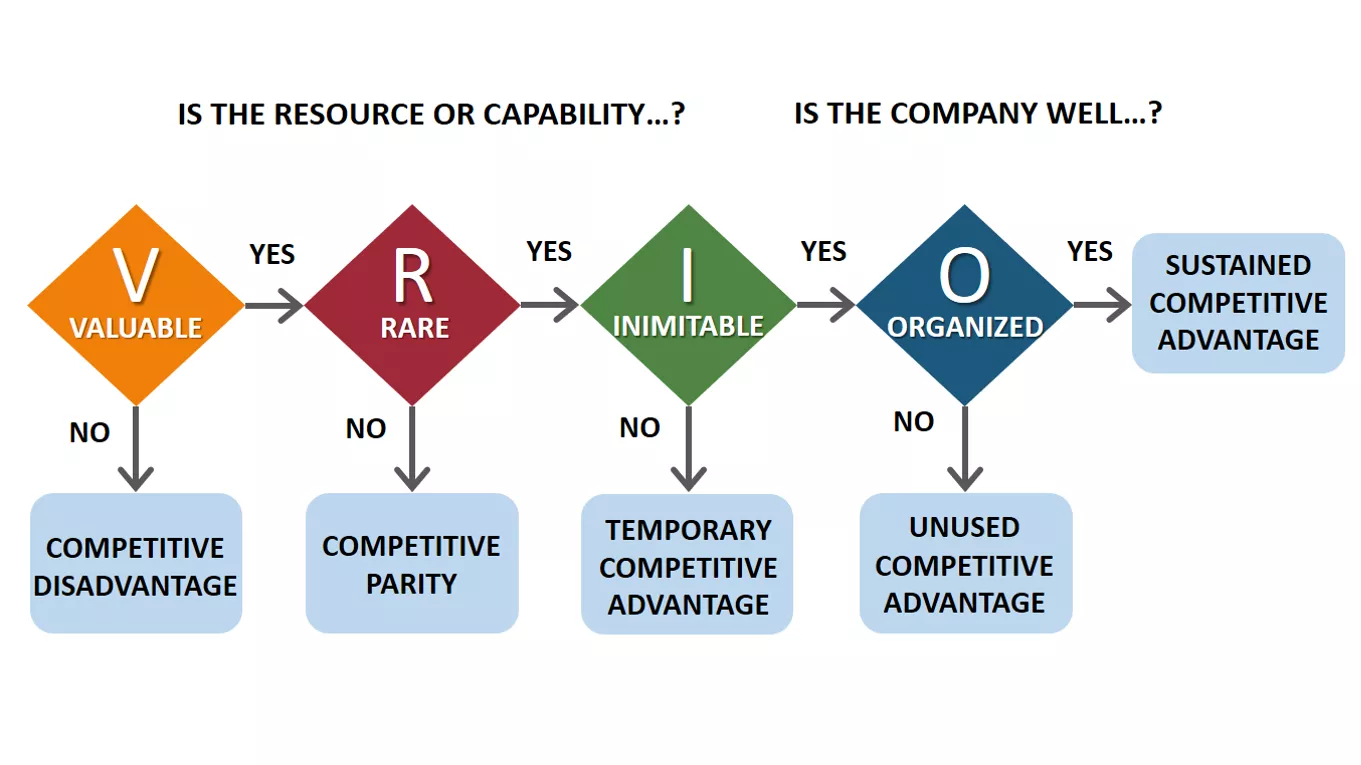
The conclusion of the analysis process: the swot analysis
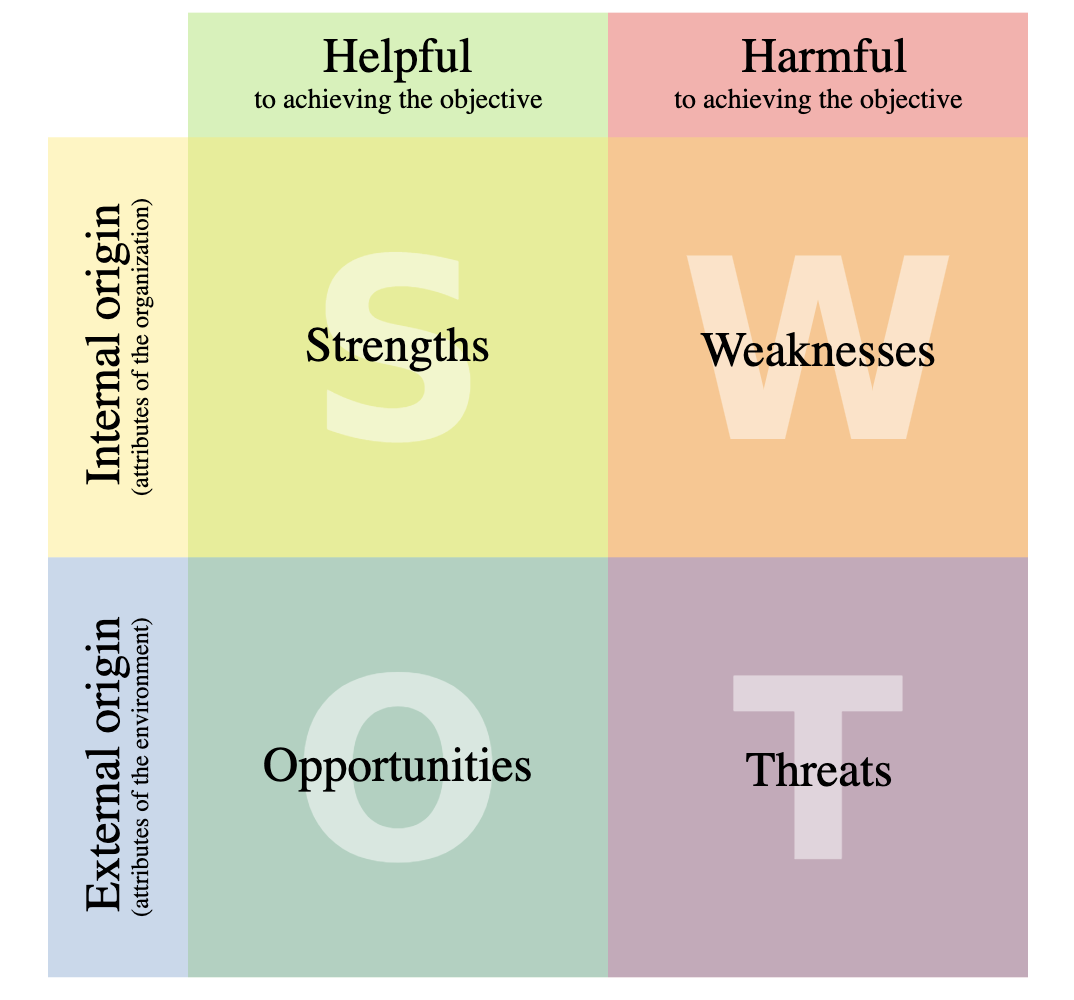
The defination of the strategy at corporate and business level.
Decision
- Strategic: (decision that bind the company in the medium to long term and regulate its relations with the environment)
- Executive: planning, organization and control
- Operational: translates the activities defined at a strategic and managerial level into concrete actions
Strategic decisions result in
- corporate strategies
- business strateigies
- functional strategies
Three level of enterprise strategy:
- Corporate level
- Products and services are developed by business units. The role of the corporation is to maneg its business units, products and services so that each is competitive and so that each contributes to corporate pruposes.
- Business unit level
- At the business unit level, the strategic issues are about both practical coordination of operating units and about developing and sustaining a acompetitive advantage for the products and services that are produced.
- Functional or Departmental level
- The functional level of an organization is the level of the operating divisions and departments. the strategic issues at the functional level are related to functional business processes and value chain.
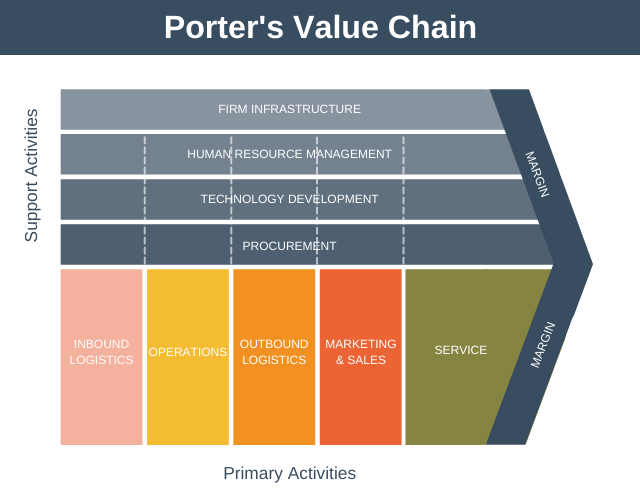
Basic Options for developing a corporate strategy are two
- Monosectoral Development
- when the company decides to grow in the sector in which it operates by exploiting the skills acquired
- Diversification
- When the company decides to develop new products/markets by expanding into other sectors more or less similar to the one in which it already operates.
Corporate strategy implementation can be accomplished through four distinct methods.
- internal dimensional growth
- the use of mergers and acquisition.
- the establishment of agreements with other companies and organizations(partnership)
- promote and support the creation of spin-off companies that are independent from a management perspective.
The competitive strategy
Porter's competitive strategies
- Differential strategy - to distinguish products or services from others in the industry.
- Low-Cost Leadership - increase market share by keeping costs low compared to competitors.
A strategic tool to map out internal activities that add value to your customers.
WHY create a value chain?
Porter's Definition of Margin
\(Value Created - Cost of that Value = Maring\)
Innovation strategies
- Fist-mover advantage
- Gain that a firm attains when it is first to market a new product or enter a new market
Defing a Business Plan
Document that describes opportunity, product, context, strategy, team, required resources, financial return of business venture.
Main Element of a Business plan:
- Executive summary
- Business Model
- Marketing plan
- Organizational plan
- Financial plan
Marking plan
Set of activities for securing, serving and retaining customers for the firm's product offerings.
Objective:Sales goals, market share, profitability, geographical plans, customer acquisition goals.
Organization plan
- Types of ventures
- Intellectual property
- Team and the organization of the new venture
- Management of operations
- Management of knowledge assets



 浙公网安备 33010602011771号
浙公网安备 33010602011771号